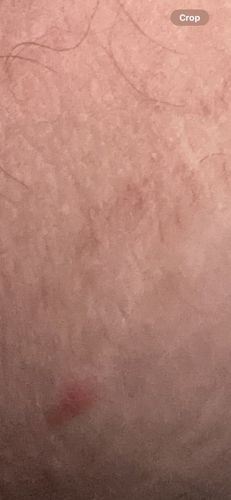Mosquito (bite)
Scientific Name: Various species within Culicidae (e.g., Aedes, Anopheles, Culex)
Order & Family: Order: Diptera, Family: Culicidae
Size: Typically 3 to 6 mm (0.12 to 0.24 inches) in length

Natural Habitat
Mosquitoes are found globally, thriving in warm, humid climates. They require standing water for breeding, which can include natural pools, marshes, ditches, and artificial containers like buckets, tires, and flower pots.
Diet & Feeding
Female mosquitoes feed on blood from various hosts, including humans, to obtain proteins for egg development. Male mosquitoes and, at times, females, feed on nectar and plant juices.
Behavior Patterns
Mosquitoes are most active during dawn and dusk (crepuscular), but some species can be active during the day. Females lay eggs in standing water and typically require a blood meal before laying eggs. Males feed on nectar. Their flight can be detected by a distinct buzzing sound.
Risks & Benefits
Potential risks include transmitting serious diseases such as Malaria, Dengue Fever, Zika Virus, West Nile Virus, and Chikungunya. Their bites cause itchy welts. Benefits are limited but include serving as a food source for some animals in their larval stage and pollination for some plants.
Identified on: 9/4/2025